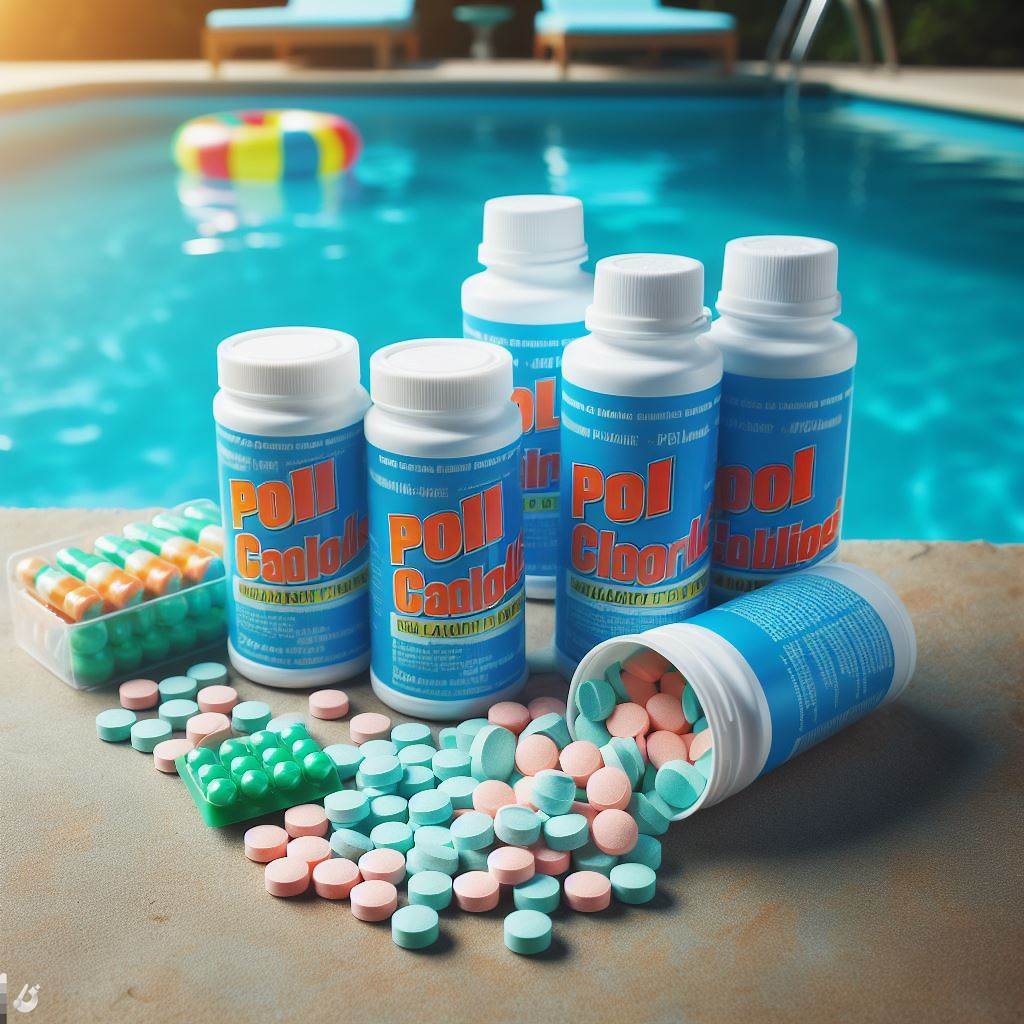Ensuring a safe and inviting swimming pool environment requires meticulous attention to disinfection processes. Chlorine tablets play a pivotal role in maintaining water hygiene and safety. In this comprehensive guide, we will explore the step-by-step process of effectively disinfecting a swimming pool using chlorine tablets.

I. Testing and Balancing Pool Water
Before initiating the disinfection process, it is essential to test and balance the pool water. Use a reliable water testing kit to measure parameters such as pH, alkalinity, and cyanuric acid levels. Adjust these values to the recommended range to create an optimal environment for chlorine effectiveness.
II. Determine Chlorine Tablet Dosage
The next step involves determining the appropriate dosage of chlorine tablets based on the pool’s size and water volume. Refer to the manufacturer’s guidelines for the specific product being used. Overdosing or underdosing can lead to ineffective sanitation or adverse reactions, emphasizing the importance of precise dosage calculations.
III. Adding Chlorine Tablets to Skimmer or Floater
Chlorine tablets can be added to the pool water through a skimmer or a floater. Placing tablets in the skimmer basket allows for a consistent flow of water over the tablets, aiding in their gradual dissolution. Alternatively, a floater can be used to disperse tablets evenly across the pool, ensuring uniform chlorination.
IV. Regular Monitoring and Adjustments
After introducing the chlorine tablets, it is crucial to regularly monitor the chlorine levels in the pool. Utilize a test kit to check the free chlorine concentration, aiming for the recommended range. Regular monitoring allows for timely adjustments and ensures a steady and effective disinfection process.
V. Shock Treatment as Maintenance
Periodically, shock treatment should be employed to boost chlorine levels and address any sudden increases in contaminants. This process involves adding a higher-than-normal dose of chlorine to rapidly eliminate bacteria, algae, and other impurities. The frequency of shock treatment depends on factors such as pool usage, weather conditions, and water quality.
VI. Stabilizing Chlorine with Cyanuric Acid
Many chlorine tablets contain cyanuric acid, a stabilizer that helps protect chlorine from degradation due to sunlight. Ensure that the cyanuric acid levels are within the recommended range to maintain the stability of the chlorine and prolong its effectiveness. Regular testing and adjustments are necessary to prevent over-stabilization.
VII. Preventing Algae Growth
Chlorine tablets play a crucial role in preventing algae growth, but additional measures can enhance their effectiveness. Brushing and vacuuming the pool regularly, along with maintaining proper water circulation, will contribute to the overall prevention of algae proliferation.
VIII. Safe Storage and Handling
Proper storage and handling of chlorine tablets are vital for ensuring both their efficacy and safety. Store the tablets in a cool, dry place away from direct sunlight and moisture. Follow all safety precautions outlined by the manufacturer, including wearing protective gear when handling the tablets.
Conclusion
Maintaining a well-disinfected swimming pool with chlorine tablets involves a systematic approach, from testing and balancing water parameters to regular monitoring and shock treatments. By following this comprehensive guide, pool owners can ensure a safe and enjoyable swimming experience for all users. Regular diligence in chlorine tablet usage contributes to a sparkling, hygienic pool that becomes a centerpiece for relaxation and recreation.

 Instant
Quote
Instant
Quote Email
Us
Email
Us